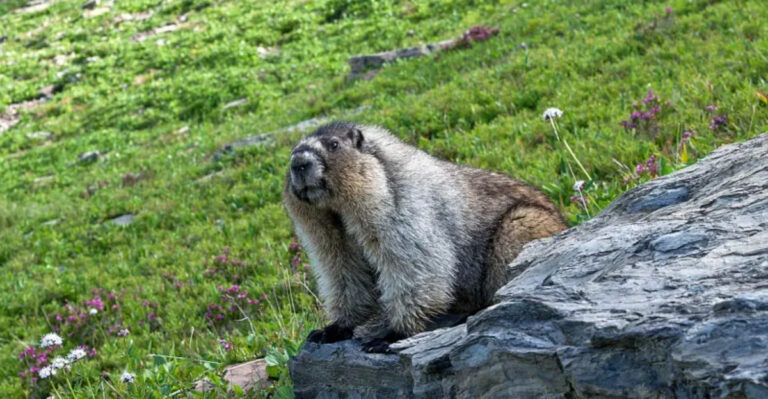17 Key Actions You Should Take If You Spot A Wolf In The Wild

Spotting a wolf in the wild can be both breathtaking and nerve-wracking. While most wolves avoid humans, knowing how to respond is key to staying safe.
Panic and poor choices can quickly escalate the situation. Instead, staying calm and following a few smart actions could make all the difference.
1. Stay Calm And Stand Tall
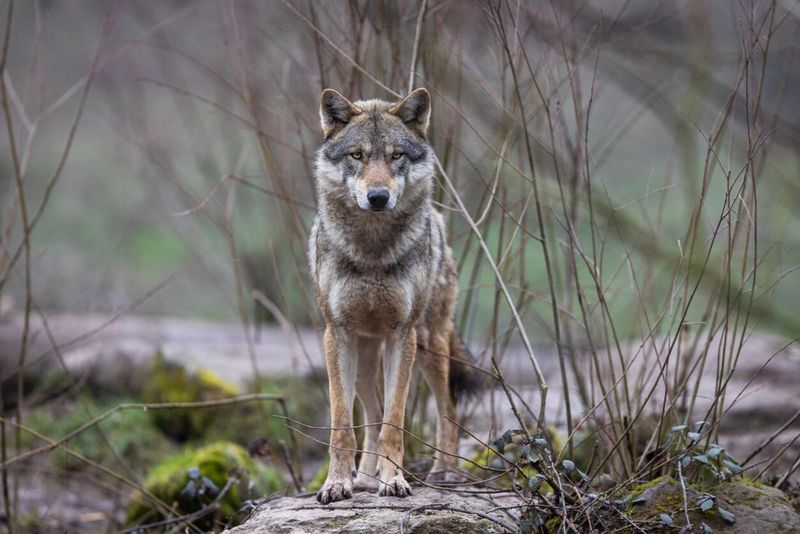
When you see a wolf, the first thing to do is stay calm and stand tall. Wolves are curious but cautious animals. Panic might trigger their instincts. By standing tall, you present yourself as a larger, more formidable presence.
Take a deep breath and resist the urge to run. Running can provoke a chase response. Displaying calmness can signal to the wolf that you are not a threat, nor prey.
2. Avoid Direct Eye Contact
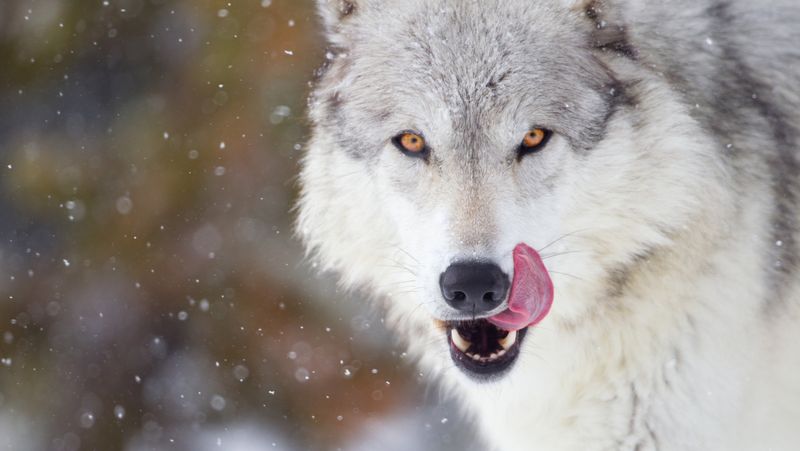
Avoid direct eye contact with a wolf. Staring can be interpreted as a challenge, potentially increasing tension. Instead, glance sideways occasionally to monitor the wolf’s actions without provoking it.
This subtle approach communicates respect. You acknowledge the wolf’s presence without attempting to dominate. It’s like a silent truce in the wilderness. Acting with respect can often de-escalate potential conflicts, preserving peace in nature’s realm.
3. Back Away Slowly

After establishing your calm presence, slowly back away. Quick movements can be unsettling and cause a wolf to react defensively. Keep your movements slow and deliberate.
This action allows you to create distance without causing alarm. It’s essential to maintain a non-threatening posture. Moving slowly reassures the wolf that you mean no harm, allowing both of you to retreat without incident.
4. Make Yourself Look Larger
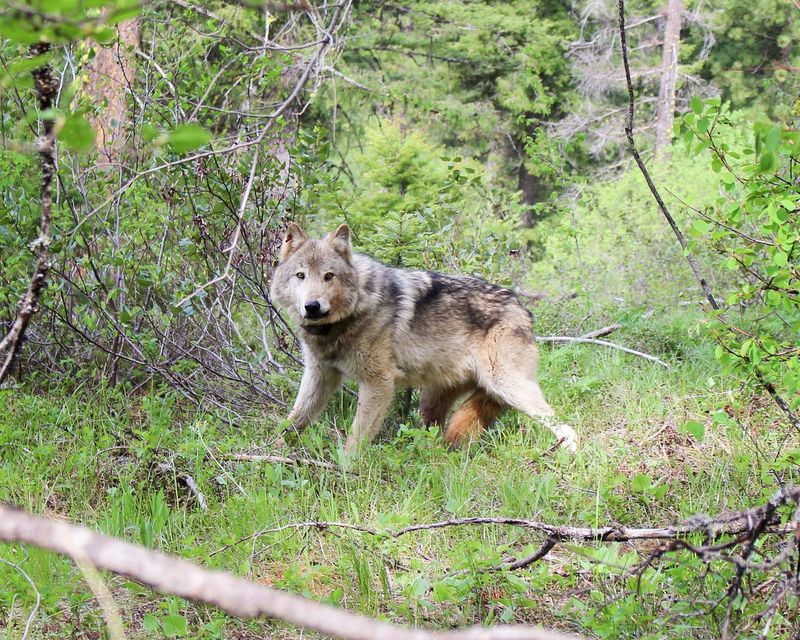
To deter a wolf, make yourself appear larger. Raise your arms, or if you have a jacket, spread it open. This visual cue can assert your presence as a considerable entity in the wilderness.
Wolves judge potential threats by size. By enhancing your silhouette, you communicate strength and confidence. This strategic move can dissuade the wolf from approaching, allowing you the opportunity to retreat calmly.
5. Do Not Run Away
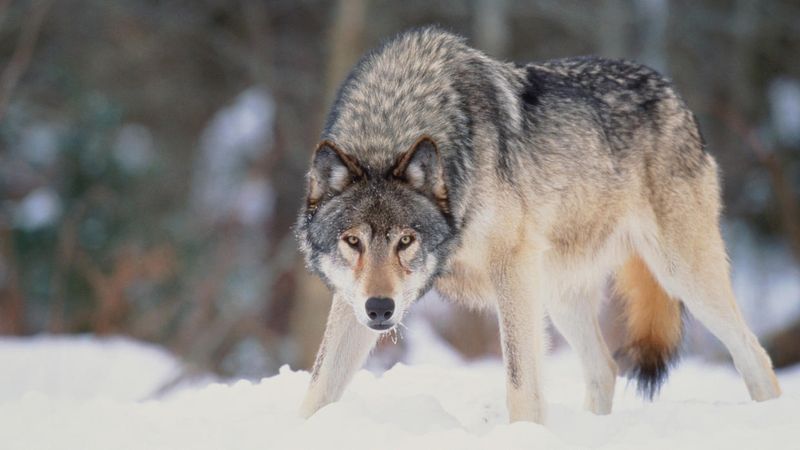
Resist the primal urge to run. Running can trigger a chase instinct in wolves, making the situation more dangerous. Instead, hold your ground and maintain eye awareness.
Running signifies vulnerability, potentially inciting a predator’s instincts. By standing firm, you display confidence and control. This helps in keeping the wolf at ease, reducing the likelihood of an aggressive pursuit.
6. Use Loud Noise As A Deterrent
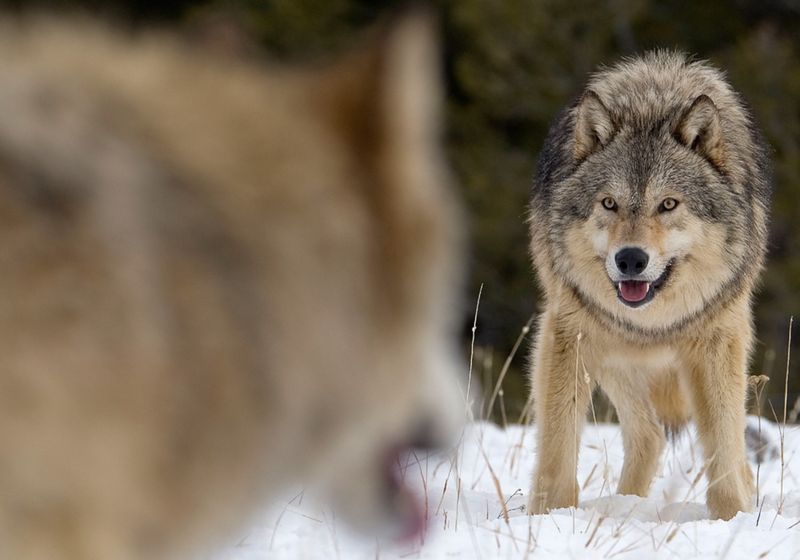
Sometimes, noise can be your ally. Clap your hands, shout, or use any noise-making tools you have. Loud sounds can startle a wolf, discouraging it from coming closer.
This sudden auditory stimulus can disrupt the wolf’s focus. It indicates that you’re not an easy target. Creating noise in the wilderness is a signal of your presence and readiness to defend yourself.
7. Stay In A Group If Possible
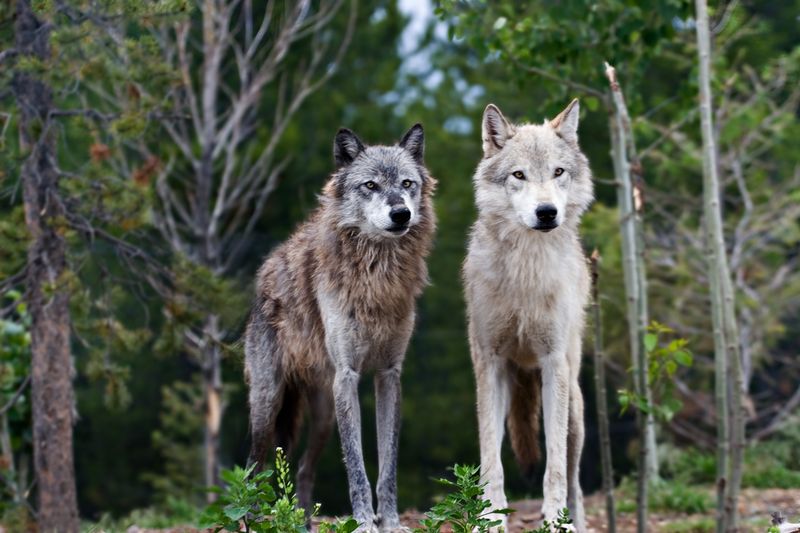
If you’re with others, group together. Wolves are less likely to approach multiple people as they seem more formidable than a single individual. Stay close and move as a unit.
This collective presence can be intimidating for a wolf. Safety in numbers is a tactic that works even in the wild. A united group indicates strength, reducing the wolf’s curiosity or threat perception.
8. Show Confidence, Not Aggression
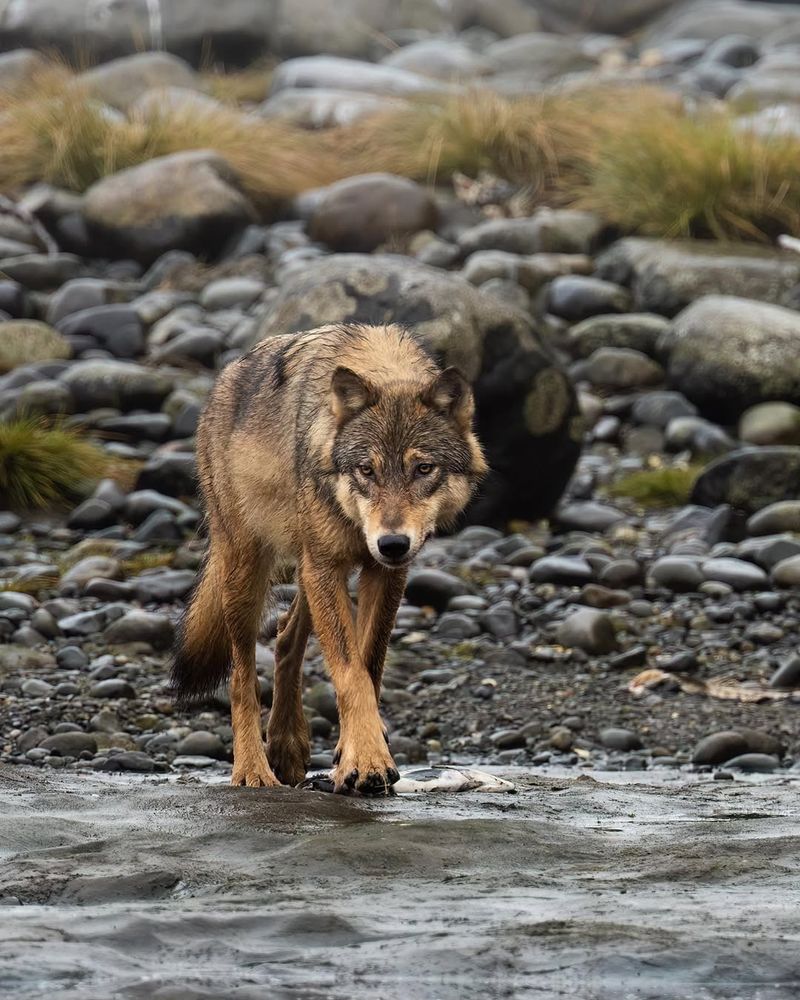
Confidence is key, but aggression is not. Maintain a confident stance without aggressive gestures. Aggression can escalate tensions unnecessarily.
By showing calm confidence, you assert your presence without provoking hostility. This balance can help diffuse the situation. Nature respects those who respect it. Navigating with poise shows the wolf you’re aware of its power but unafraid, fostering a peaceful coexistence in the wilderness.
9. Observe But Don’t Approach
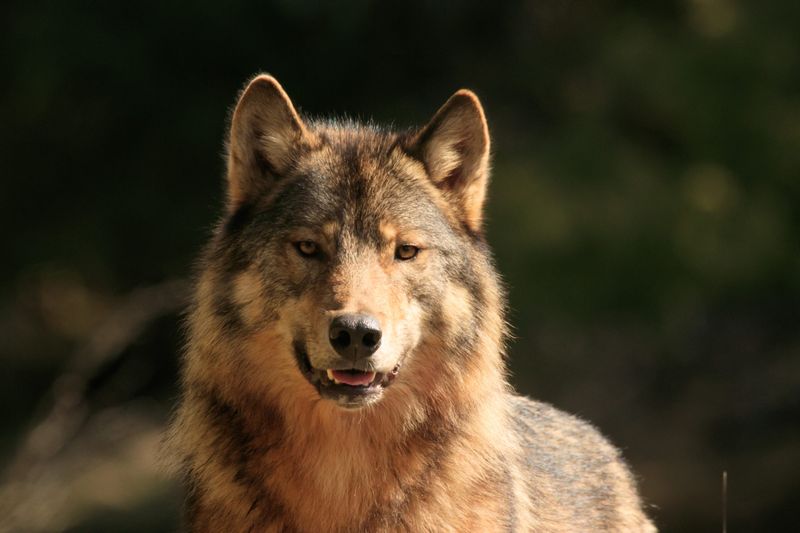
It’s tempting to get closer, but resist. Observe the wolf from a distance. Approaching can be perceived as a threat or invasion of space.
Observing from afar shows respect for the wolf’s territory. You’re a guest in its home. This understanding fosters a peaceful interaction. Appreciation from a distance allows you to enjoy the beauty of the wilderness without disturbing its inhabitants.
10. Do Not Feed The Wolf
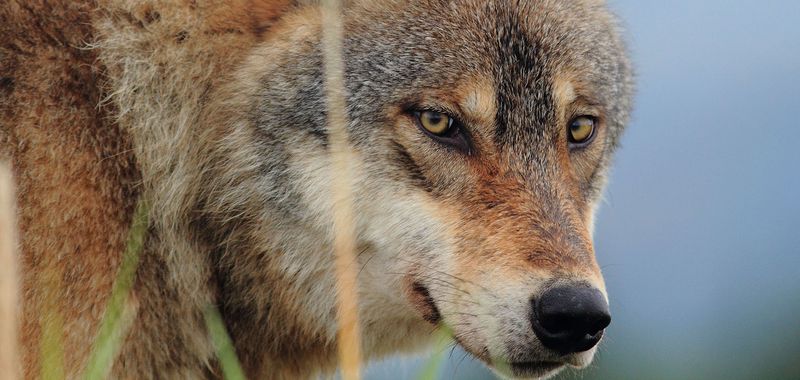
Never feed a wild wolf. Feeding encourages dependency and can alter natural behaviors, leading to dangerous situations for both humans and wolves.
Keeping food to yourself maintains the natural order. It prevents wolves from associating humans with easy meals. This is crucial for their survival skills and ecosystem balance.
11. Use A Stick Or Object If Necessary
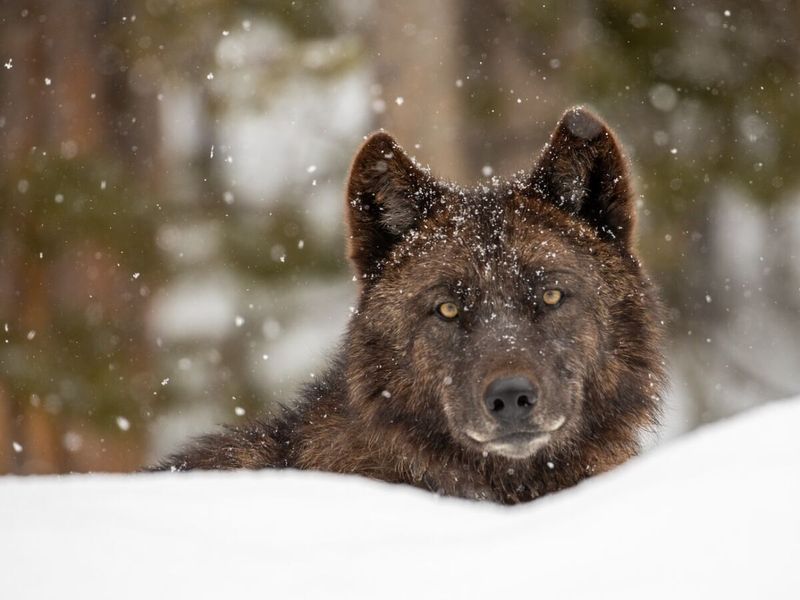
In rare cases, using a stick or object can deter a curious wolf. This is a last resort and should be done cautiously to maintain distance.
Holding an object can make you appear larger and more imposing. It’s a visual deterrent rather than a weapon. This can often discourage a wolf from advancing. The goal is to protect without harming, ensuring safety for both you and the wolf.
12. Retreat To A Safe Area
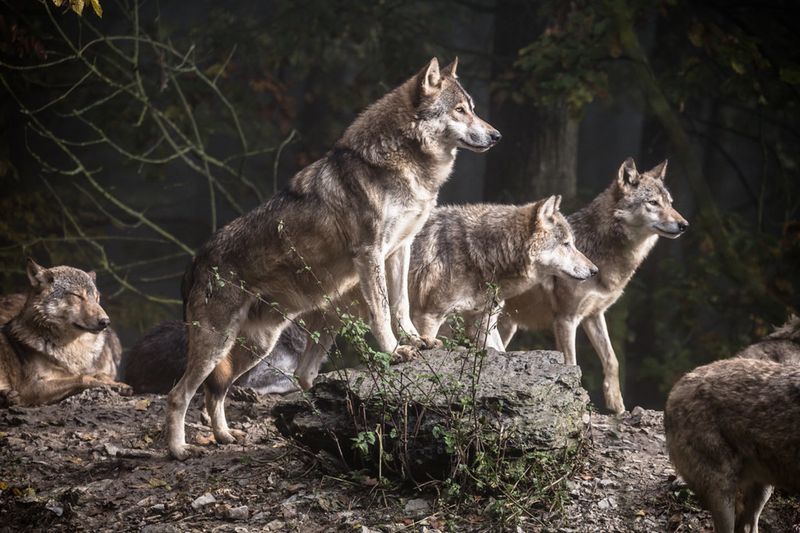
If possible, retreat to a safer location like a cabin or vehicle. This provides a secure barrier between you and the wolf. Move calmly and avoid sudden movements.
Reaching a safe area allows you the time to assess and plan without immediate danger. It’s about prioritizing safety by using available resources. This strategic retreat can diffuse a tense situation, ensuring safety for both you and the wolf without confrontation.
13. Report The Encounter To Authorities
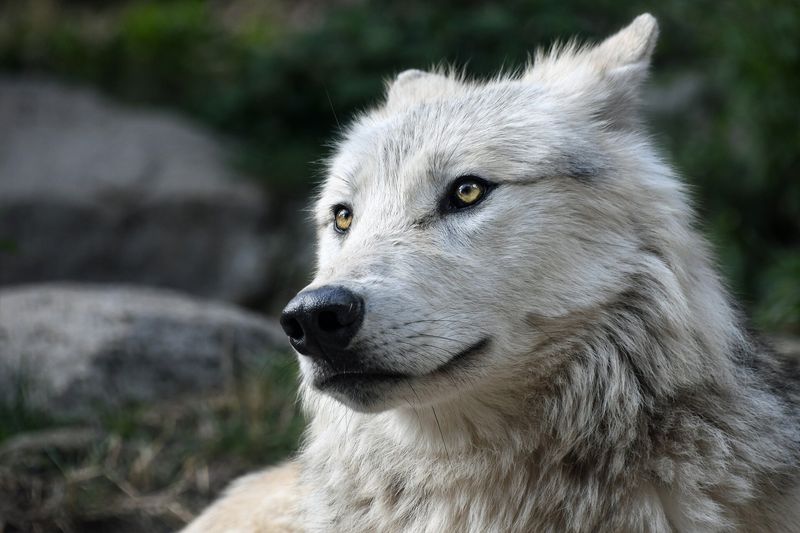
After the encounter, report it to local wildlife authorities. This helps track wolf activities and manage human-wildlife interactions responsibly.
Reporting contributes to conservation efforts and community safety. It provides valuable data on wolf behaviors and territories. By sharing your experience, you aid in creating guidelines for future wilderness explorers.
14. Create A Safe Barrier

Crafting a barrier might sound like a medieval tactic, but when in the wilderness, every little bit helps. Use available materials like branches and rocks to build a small barrier between you and the wolf.
This action serves two purposes: it reinforces your presence and creates a physical obstacle. Though wolves are agile, they might reconsider approaching if they see an unusual structure.
15. Try Distraction Techniques
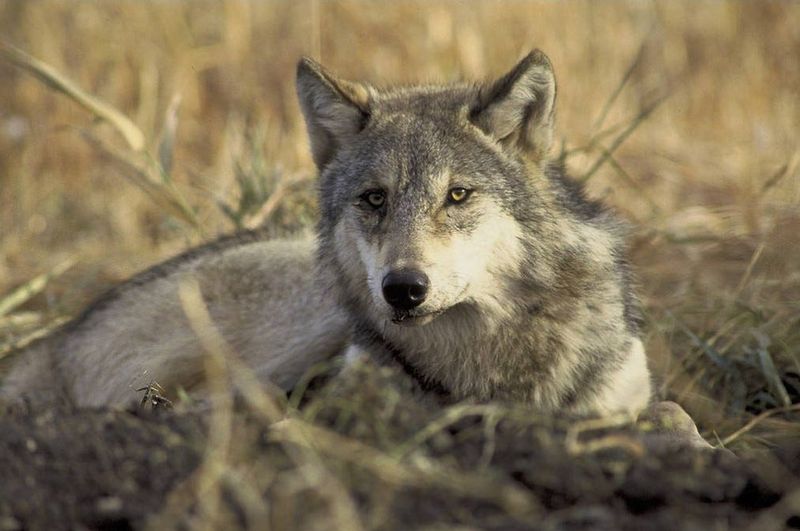
Ever thought of distracting a curious wolf? Throwing an object like a backpack to the ground can shift the wolf’s attention. This unexpected move can buy you precious moments to plan your next step.
Wolves are naturally inquisitive, and a sudden distraction can deter their direct focus on you. It’s essential to remain composed while executing this tactic.
16. Utilize Natural Barriers

When spotting a wolf, utilizing natural barriers can be a lifesaver. Consider a large tree or rocky outcrop as your ally. These features offer protection without provoking the animal. By positioning yourself behind a substantial barrier, you create a sense of security.
Remember, the goal is not to challenge the wolf but to coexist peacefully. Many wildlife experts suggest this approach as it minimizes potential threats while emphasizing mutual respect.
17. Record The Encounter Safely
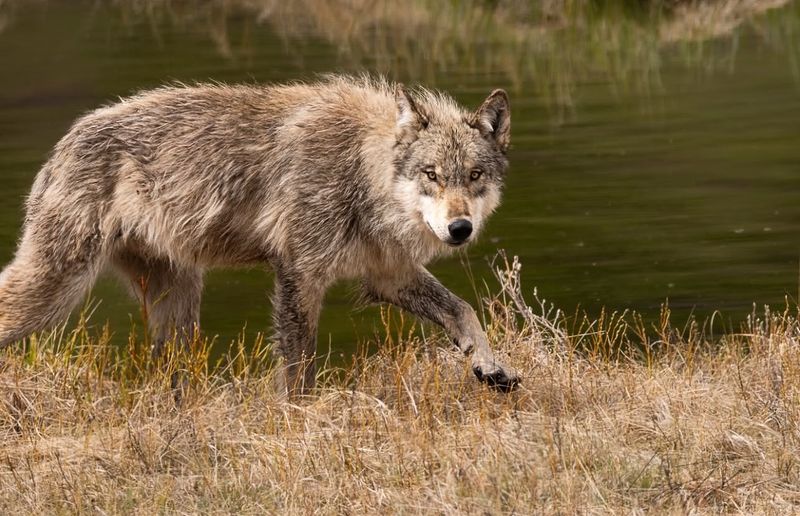
In today’s digital age, capturing your encounter can be invaluable. Use a smartphone or camera to document from a safe distance. This allows you to contribute to wildlife studies and raise awareness.
Ensure your actions don’t disturb the wolf. Many conservationists value such documentation as it aids in research and education. This practice demonstrates your role in promoting wildlife conservation.




